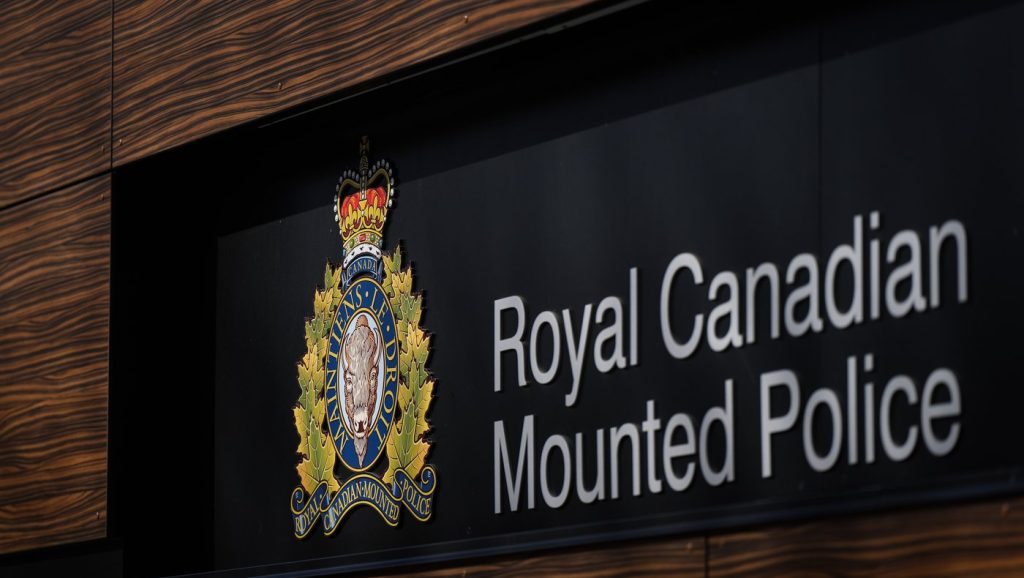Blue lights to prevent drug use are the wrong approach: advocate
Posted Aug 17, 2019 07:19:52 PM.
This article is more than 5 years old.
Some businesses and fast-food restaurants in Cape Breton are in the process of installing blue-tinted lights in their bathrooms.
The switch to blue is an attempt to curb intravenous drug use, a move recommended by the RCMP.
“If you have a blue light it makes it even more risky. It's hard to locate a vein,” says Janet Bickerton.
Bickerton is a Registered Nurse and a volunteer with the Ally Centre of Cape Breton, a local organization which works to help vulnerable people in the community.
“We operate the needle exchange for the whole Eastern zone of Nova Scotia. We've been doing that for about 23 years now,” Bickerton tells NEWS 95.7's The Todd Veinotte Show.
She explains that many people only go to somewhere like a gas station to inject drugs as a last resort.
“People are trying to find a safe place to use,” says Bickerton. “They're using public spaces because many don't have anywhere to be, and they're addicted.”
The advocate for safe drug use says that because blue lights make it harder to see, which can cause severe health consequences.
“They're at much greater risk of missing a vein, getting abscesses,” she says. “Or, they may go somewhere else. They're going to go in behind the building, or they're going to go in the alleyway.”
Although Bickerton understands the business owner's side of the situation, she thinks it only reinforces stigma.
“The whole way we look at injection drug use, people are considered to be at the lowest of the low,” she adds. “It makes people uncomfortable.”
In Cape Breton, a growing unemployment rate and lack of economic growth have created an environment where addiction festers.
“The problem is very significant,” says Bickerton.
Bickerton explains that in the past year, the Ally Centre of Cape Breton has distributed 650,000 needles.
The population in Cape Breton is just under 100,000.
“For every Cape Bretoner that there is, we give out five needles per year,” Bickerton says. “Compared to the HRM which would give out about two needles, per person per year.”
The island's Hepatitis C rates are also double that of mainland N.S., she says.
“It's a disease that's linked extremely closely with injection drug use,” Bickerton explains. “We have the highest overdose rate in the province. We have a problem.”
In the rest of the world, Bickerton says there's one method that's worked best to curb intravenous drug use — decriminalization.
“The war on drugs, it just doesn't work. It doesn't work to push people further away,” she explains.
Bickerton thinks that recently the Canadian government has turned a corner with how it treats addiction, but there is still plenty of work to be done.
“Stigma and discrimination really are still kind of at the core of how we tend to react and respond to people who are injecting drugs,” she says.
Halifax will be opening a safe injection site later this year, and Bickerton hopes that Cape Breton eventually follows suit.
“We need to have those spaces because not only does it ensure people are using safely and cleanly,” she says. “But it means opening the door for help.”








